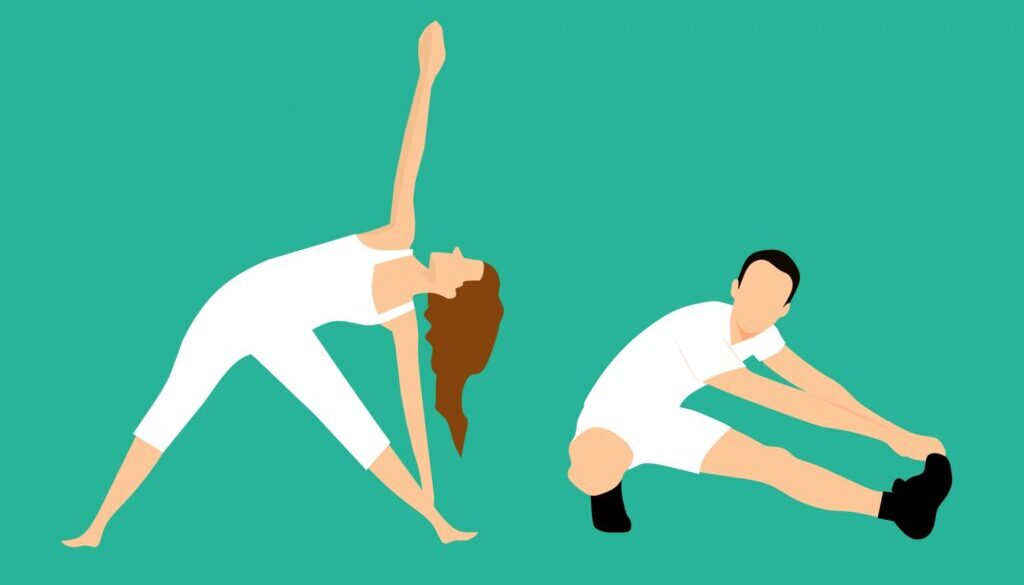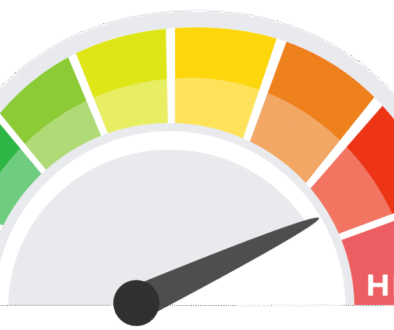S T R E T C H E D Out!!
By Aparna Mele, MD
Failing to properly stretch is a massive mistake. When done correctly, stretching helps us improve our range of motion, flexibility, and recovery time. For anyone serious about their fitness, stretching is non-negotiable, both before and after any kind of workout, from weightlifting and gymnastics to basketball and hockey. It improves performance in physical activities and endurance and conditioning training, boosts exercise performance, decreases risk of injuries, helps muscles move through their full range of motion, increases blood flow, and enables muscles to work effectively. A complete stretching program includes both dynamic and static stretching exercises, but what is the difference and when to do what?
A dynamic stretch is any repetitive, more challenging motion aimed at warming up and loosening up muscles and joints to get them ready to work for you! Watch professional athletes before a game or match and you’ll likely see them go through some form of dynamic stretching routine. Usually, dynamic stretches use active movements to prepare your muscles for exercise by moving them through a full range of motion. Ideally, dynamic stretching mimics the very movements that you plan to make as part of your workout. In this way, you warm up the specific muscles you will be using. These same movements are performed at a lower intensity or without weight when you are using them for dynamic stretching and are often part of a movement series. For example, if you plan to go on an endurance run, a dynamic warmup would involve firing up your leg muscles with moves like bodyweight squats or walking lunges. So in this way, dynamic stretches are best used at the beginning of a workout to get you warmed up and prepared for your routine. There are two key features to keep in mind with dynamic stretching. First is that your goal is to move to the end of your own natural range of motion at any given joint but do not try to push past that range. You should feel a light stretch of the muscles and joints without overstretching/overdoing it. Second, always use controlled movements, not momentum. You can perform dynamic stretching for a certain number of repetitions or a certain length of time. You might do a dynamic exercise for 10 to 20 reps or for 20 to 40 seconds before progressing to the next movement.
A static stretch involves holding muscles in one position to increase flexibility, lengthening muscles, and relieve muscle tension after strenuous exercise. Because your muscles are already warmed up after exercise, it is then easier to get into a deep static stretch. The muscle hold of each static stretch is often at the limit of a given joint’s range of motion. The defining feature is a lack of movement, ie the name static and this means no bouncing, changing position, or repetition of movement with these stretches. Stretches can be held for 10-30 seconds, then you rest and repeat a number of times. Unlike dynamic stretching, static stretches do not need to match the workout you just completed. You should simple aim for whole body stretches that not only increase flexibility and reduce muscles soreness, but also reset your body back into a normal resting state. By relaxing your entire body with static stretching after a workout you decrease your sympathetic nervous system response and muscle tone and this helps you move deeper into the stretch. Focus on specific areas of tight or sore muscles and joints that are unique to your body. When performed regularly, you will see increases in range of motion of the muscles and joints that you target.
Dynamic and static stretching may serve difference purposes around your workouts, but both are equally essential in keeping your body limber and healthy, helping you perform more effectively, and preventing injury. Both types of stretching improve your ability to move your muscles the way they were intended to be moved, increasing your stability and preparing you for the task at hand!
To maximize body performance and facilitate recovery surrounding exercise, include dynamic stretches before your workout, cool-down static stretches after your workout, additional helpful tactics like foam rolling and massage, but also do not forget thoughtful post-workout nutrition, ample hydration, and plenty of sleep!



